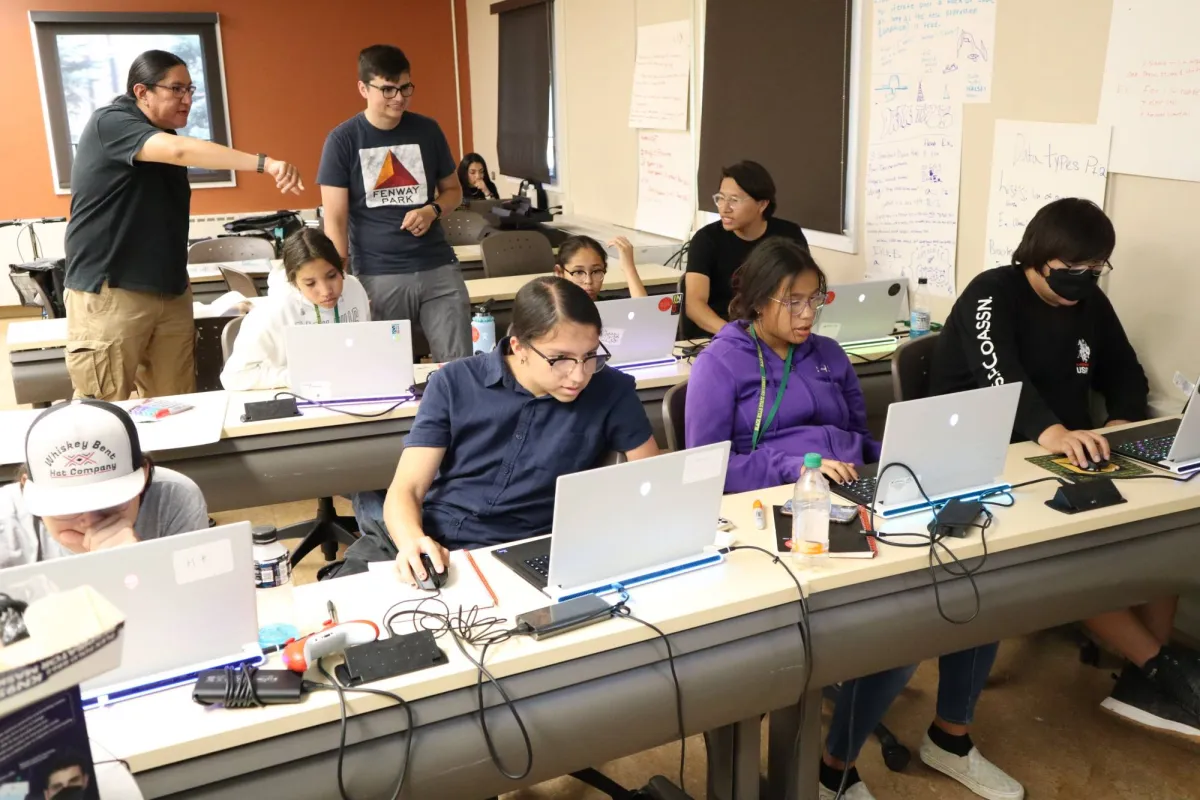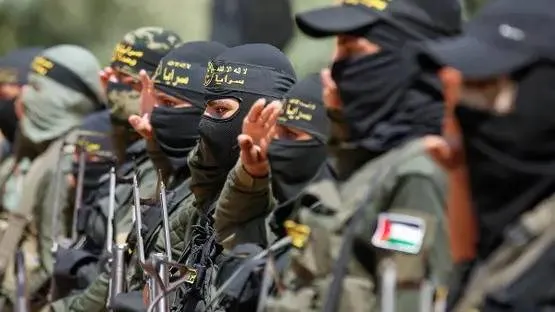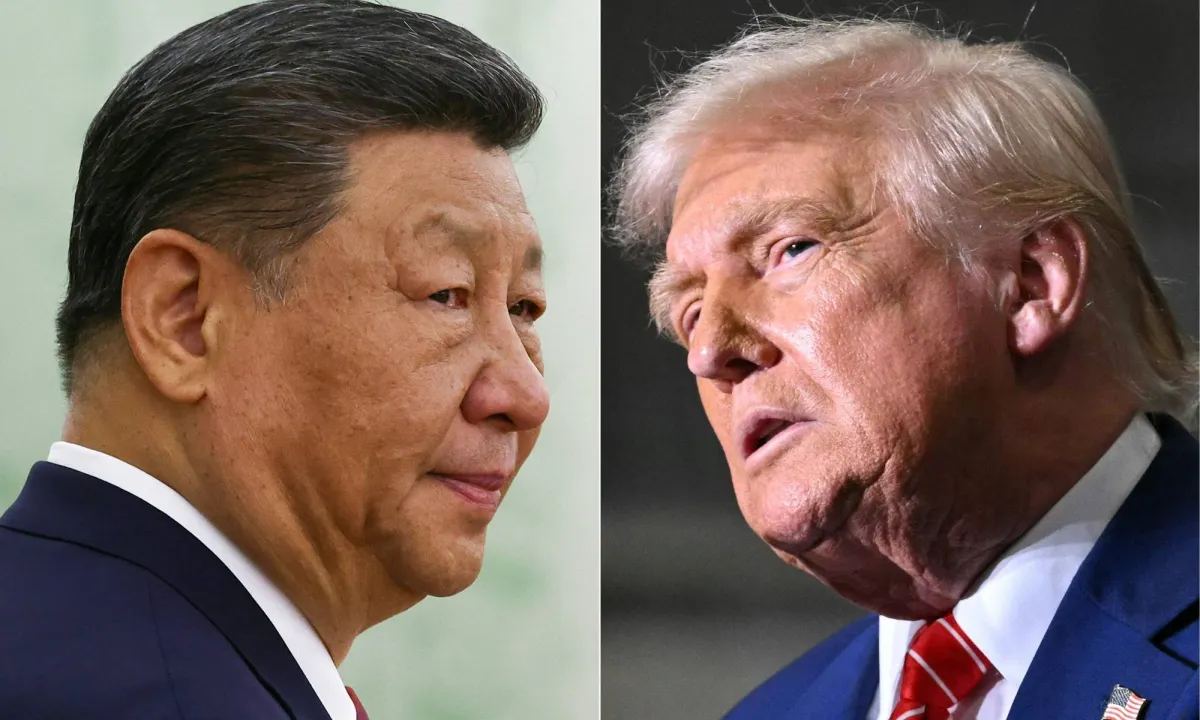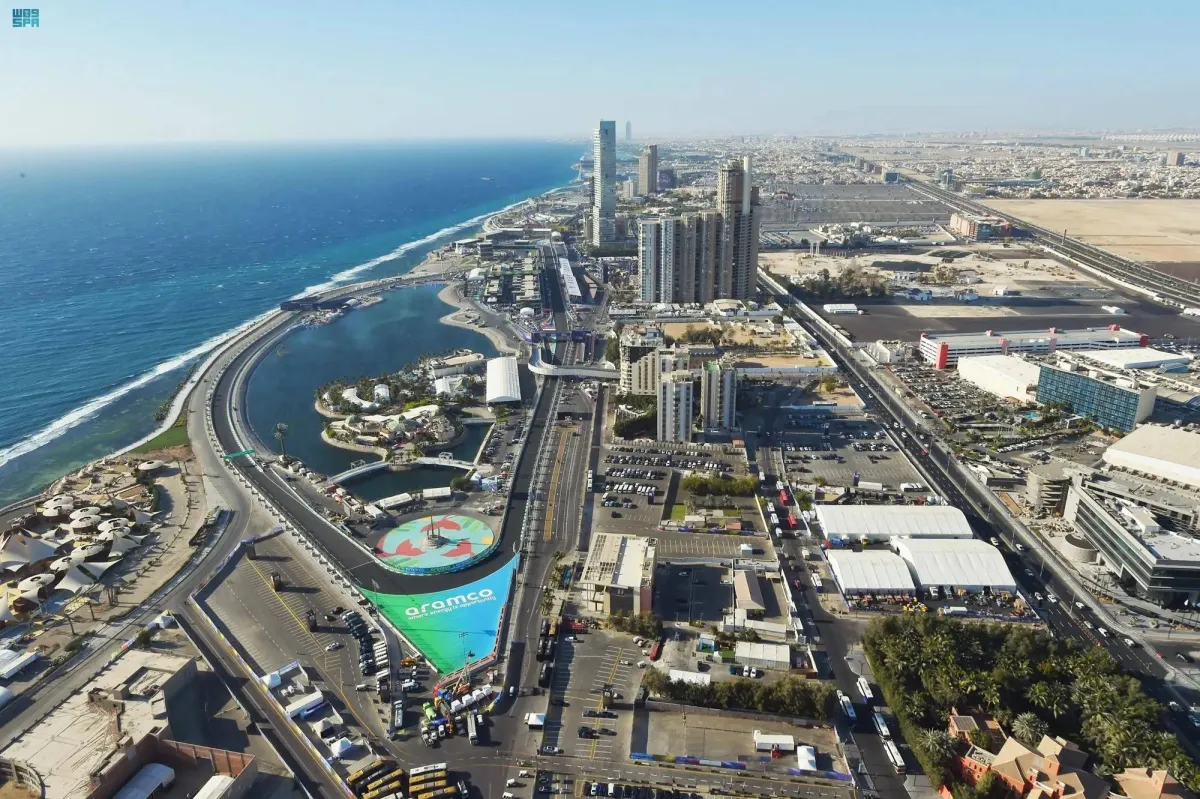The “summer exhibition” hosted by the Cairo Gallery Hall in Cairo embodies the exploration of the history of Egyptian plastic art, the features of the national identity through its cultural and intellectual expressions, landscapes and scenes of daily life.
The exhibition, which includes 300 works for 120 Egyptian artists, provides indulgence in Egyptian plastic art over a century, or specifically from 1918 to 2025 through a rare and rare group of art pioneers, in addition to the works of modernists, and contemporary artists, celebrating the Egyptian visual memory that is re -presented in a new context.
The event reflects the Gallery’s passion for supporting veteran and young artists, while strengthening valuable dialogues on art, culture and identity, according to Mahmoud Hamdi, the director of the Gallery, who told Asharq Al -Awsat: “This exhibition certainly deserves to spend hours in it, while granting it the attention it deserves, it is a group worthy of viewing, monitoring a long period of time from the date of the Egyptian formation.”
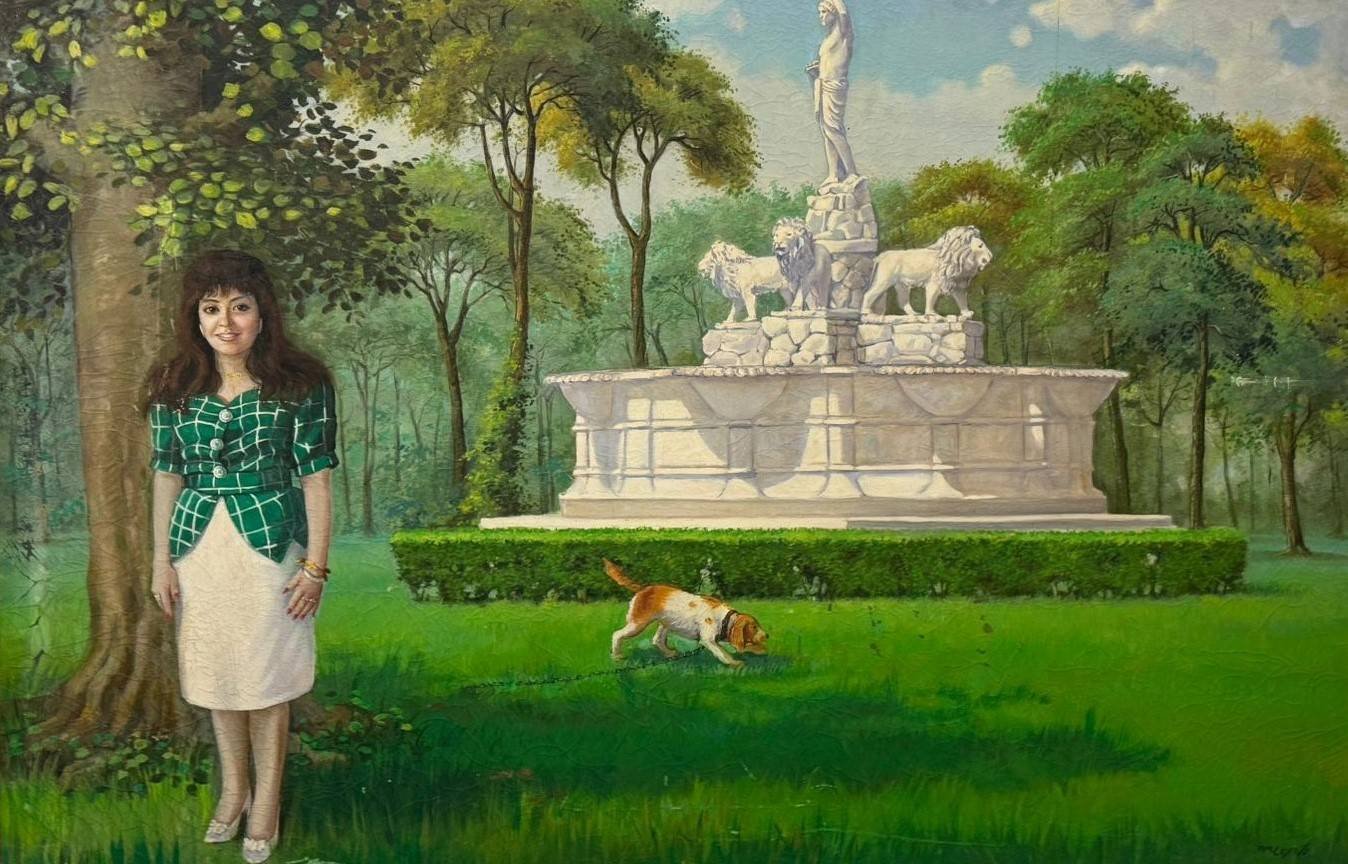
He continued: «And such a participatory experience provides opportunities for presentation and positive interaction, which is very important; Where it enhances the approach to art and life in Egypt, as well as channels for dialogue with other artists, the public and critics; Which provides valuable opportunities for the participants and attendance to communicate with an artistic network that would not have been available to them had it not been for this collective presentation; This is because the interactions within these various experiences can stimulate the artistic process and critical interactions that are an essential pillar of art. ”
The exhibition dedicated a hall for the pioneers that includes the works of 40 artists, including George Sabbagh, Ramses Younan, Ragheb Ayyad, Zakaria Al -Zaini, Munir Fahim, Samir Rafeh, Anton Hajjar, Isis Rizk, as well as a group of Armenian pioneers such as Samsonian, Gorian, and Papazian.
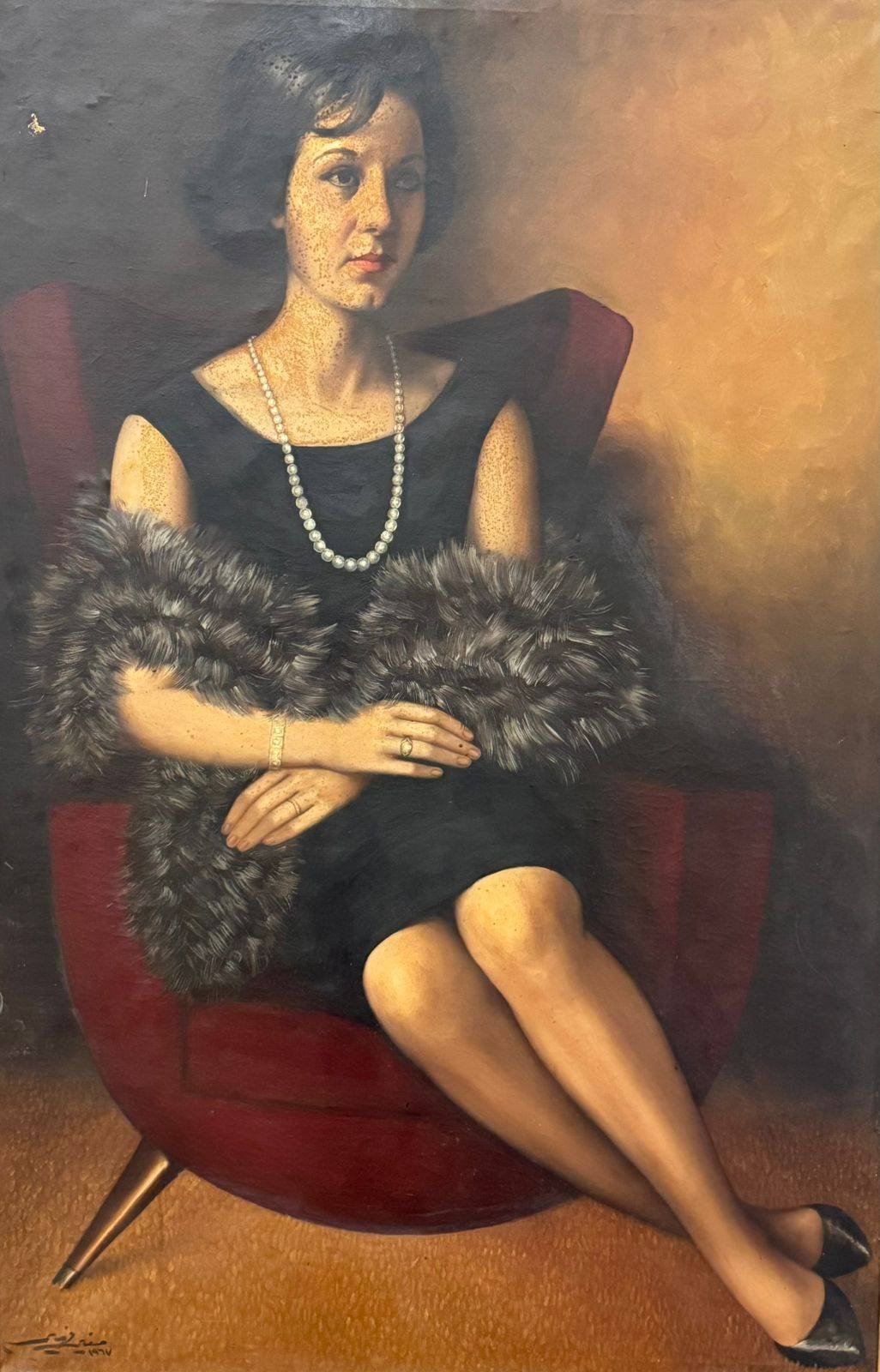
It also celebrates the work of a large number of contemporary plastic artists from various schools and artistic trends, while students of art colleges record a remarkable presence. Because it is the best way that allows them to learn about the beginnings, and to see symbols formed a long history of creativity. ”
The artist Nour Al -Jalali will participate in the continuing exhibition until mid -August (August) with 10 works, including a large size plate, celebrating the dynamics. On this, he tells Al -Sharq Al -Awsat: “I always occupy that whoever sees my paintings feel that there is a movement within it, a movement that serves the satirical vision that I always present in my work.”
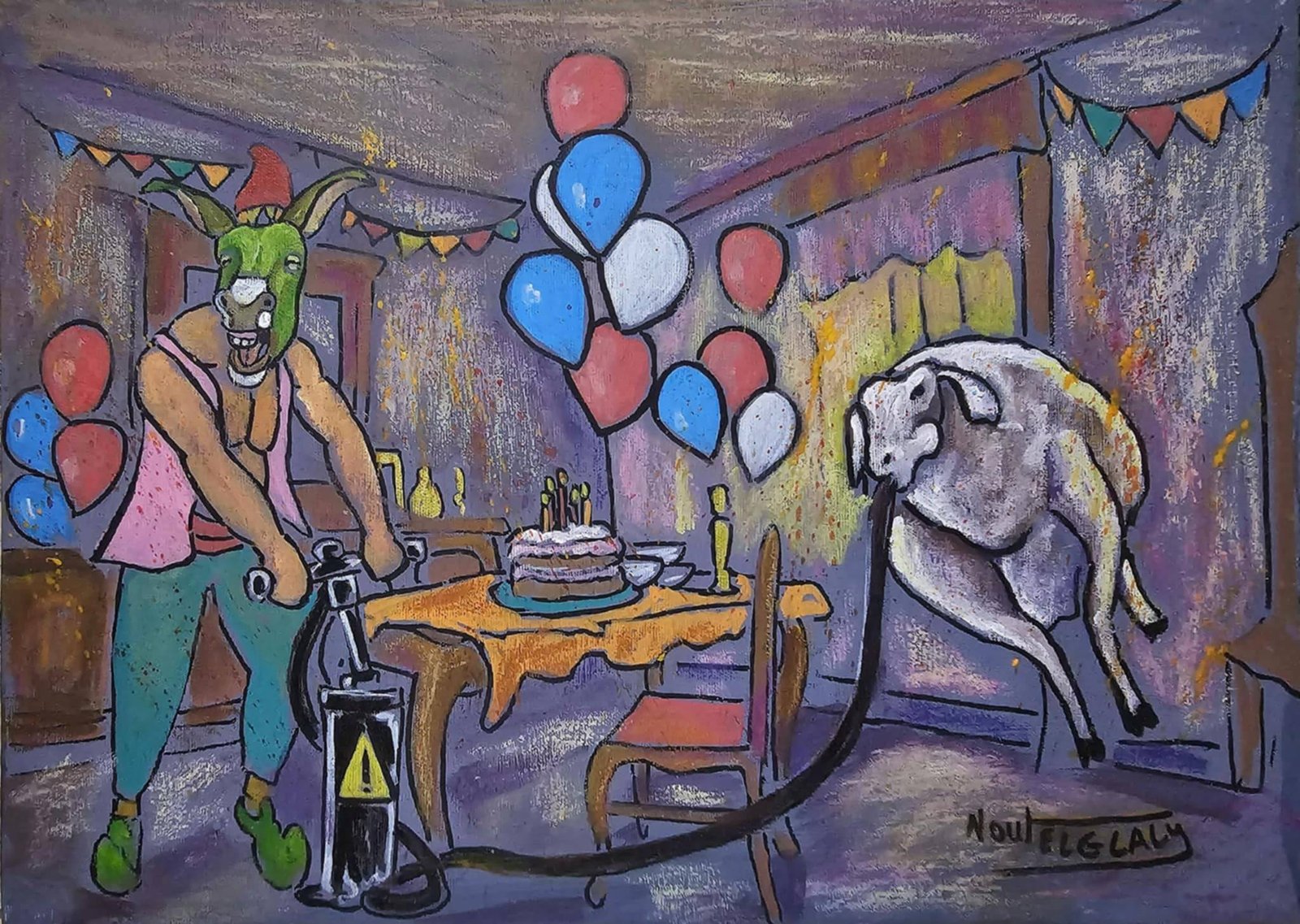
Al -Jalali believes that the presence of this large amount, and the variety of artworks of different generations under one roof, represents a kind of wonderful contrast and “creative collage”. When the visitor enters the pioneers hall, he feels that he is watching a white and white movie that tells about identity and originality, and a beautiful time that prevails in calm and simplicity, and when he moves from it to the youth hall of the youth, it seems to him as if he is watching another recently recent movie. Modern life and its developments; This confirms how art is affected by its society, and the rhythm of the time period.
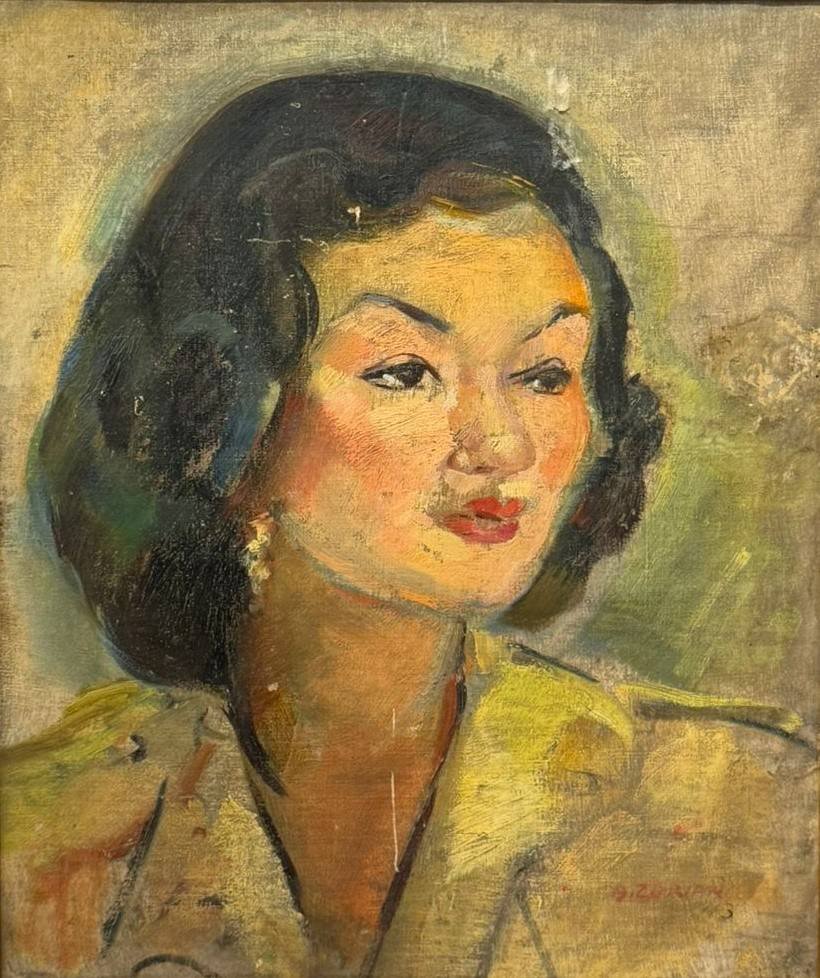
One of the most common works that the Galali in the exhibition is the sketches of Major artist Samir Rafeh, praising his quiet lines, and his discreet revolution on the line and color.
The artist Rania Khalaf takes us to a self -experience by participating in the exhibition with a painting that reflects 3 women’s women who challenge pain, which is part of an artistic project entitled “almost separate”, and she addresses the concept that communication and separation is something that could happen at any time.
A disagreement told Asharq Al -Awsat: “The idea always bother me that despite the proximity, there is a separation or separation imposed by contemporary life with all its difficulties and rapid rhythm.”
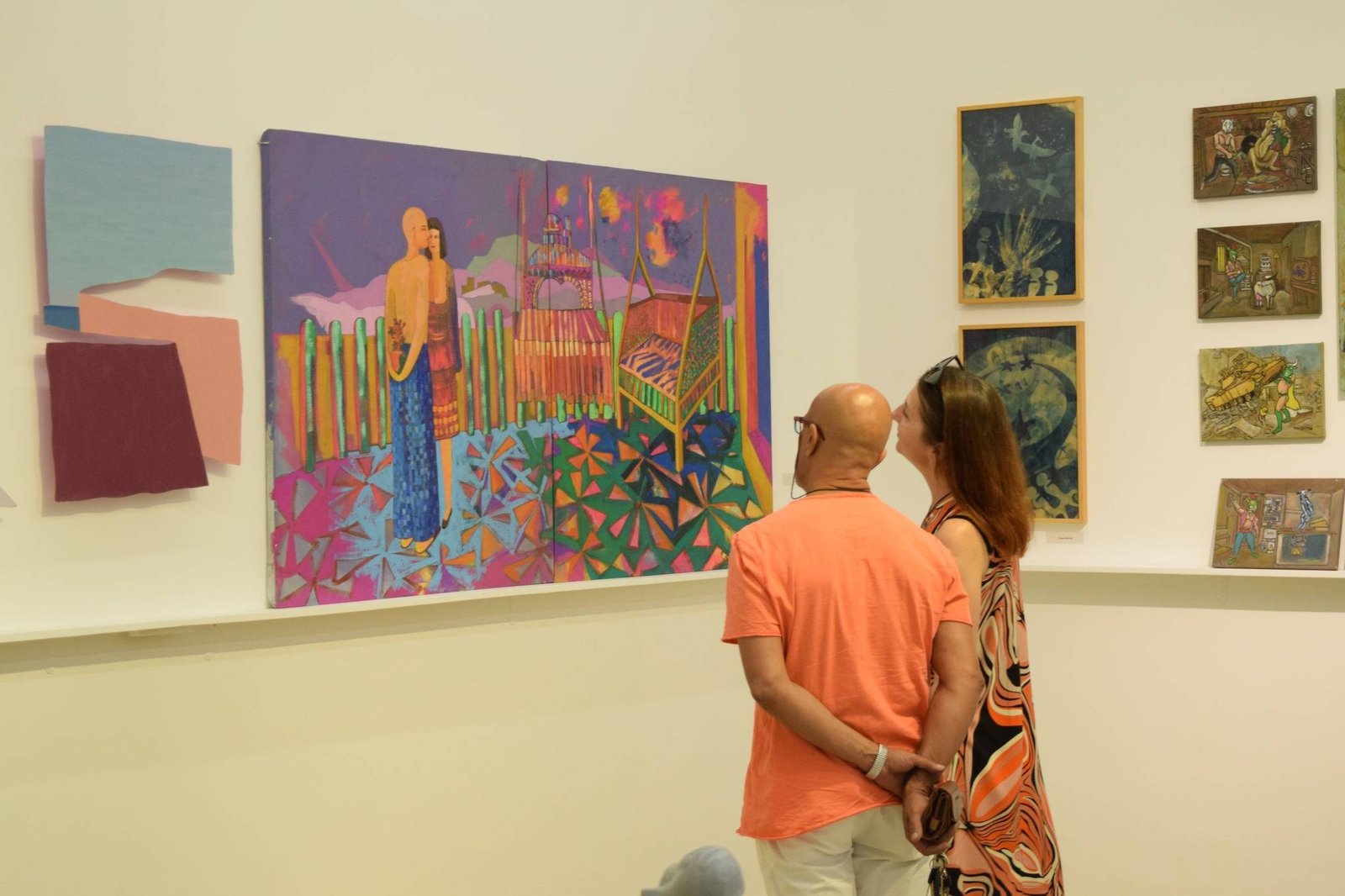
And she continues: «In this painting, I embody myself and with my mother and my daughter, although we belong to different generations and distant distances, where my daughter is busy, and my mother’s departure for more than 25 years, I feel that there is a link that brings us together, and that there is a kind of hidden communication, and an aura of spirituality surrounding us, and gather us together.
A dispute also participates in the event with the “Al -Bayt” board in an automatic formation that is not based on sketch, using “Mix Media”, saying: “The idea of the house occupies me; Because it is multi -meanings, connotations and symbols; I feel that it is the shelter, and the human footprint; And the place where he rests, thinks and creates inside him, and establishes bilateral dialogues with God, and with himself, in which he creates an endless memories between his walls.
Hence the painting abounds with a large number of artistic elements, in contrast to Rania’s other paintings, as the viewer feels that it is going on in an endless circular movement, in a symbol that the house remains a safe haven for a person, no matter how his circumstances change, or life has evolved.
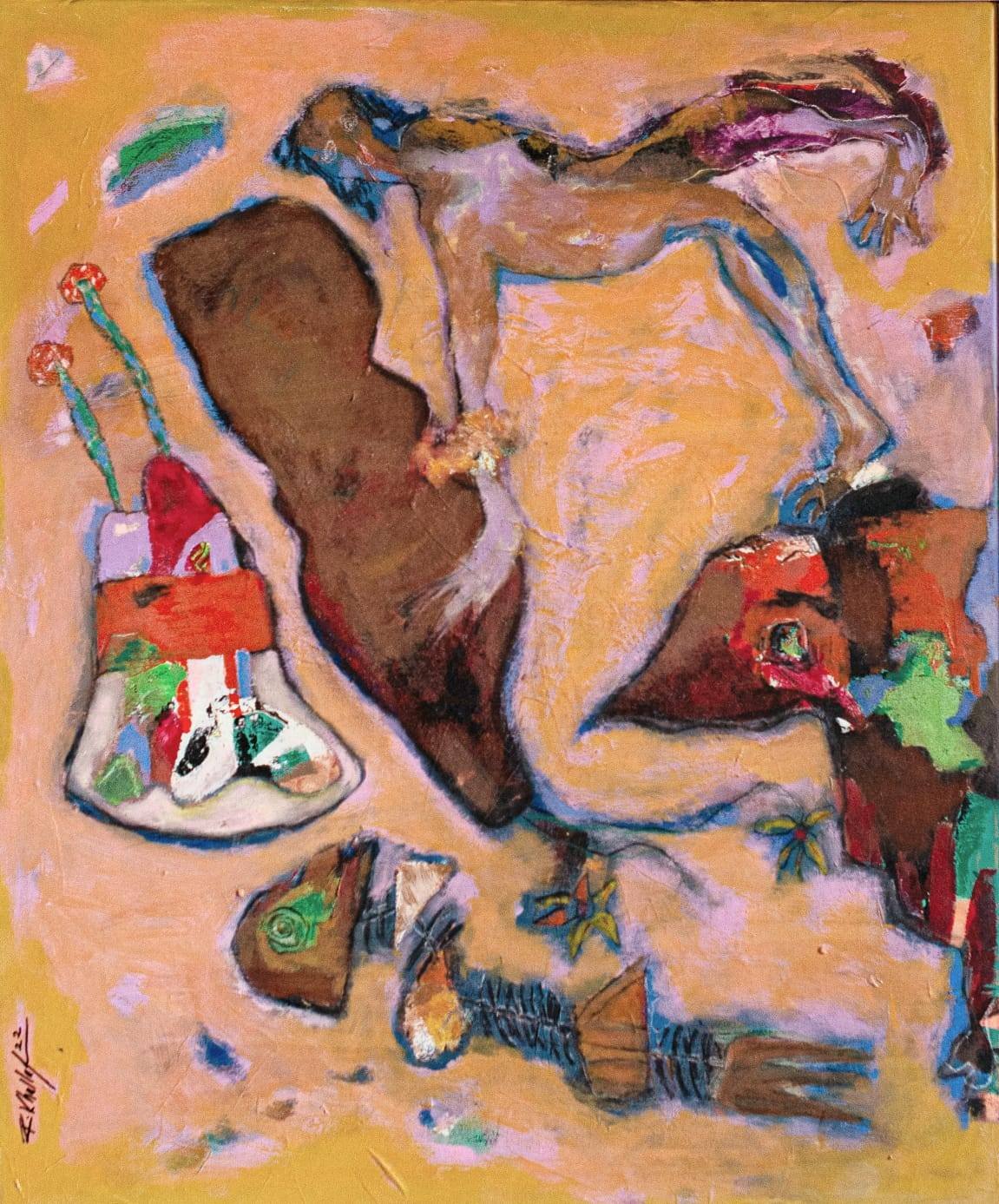
This Egyptian plastic painting led to a new art project, entitled “Wall”, and about that, it says: “This work inspired me the idea that there is a strong relationship between the walls and the human identity, whether it is a real or imagined identity.”
And she continues: “You have the walls contribute to our formation, and you affect our psychological and physical condition, whether they are real walls such as the walls of the house, or the walls that we create for ourselves, and we remain locked inside.”
